There are many beautiful gardens in Japan, but among them there are gardens with a history and style that have continued since the Edo period.
One of them is Rikugien.
In this article, we will introduce in detail the history of Rikugien, its attractive elements, and recommended points when visiting.
Please read this article to enjoy Japanese poetry and landscapes that have survived from the Edo period to the present day.
Overview of “Rikugien”
Rikugien is a Japanese garden created during the Edo period, and is one of the two major gardens of Edo along with Koishikawa Korakuen.
This garden was designed by Yoshiyasu Yanagisawa in 1695 and took seven years to complete.
This garden, which reflects Yoshiyasu’s literary knowledge, is the epitome of a delicate and gentle Japanese garden.
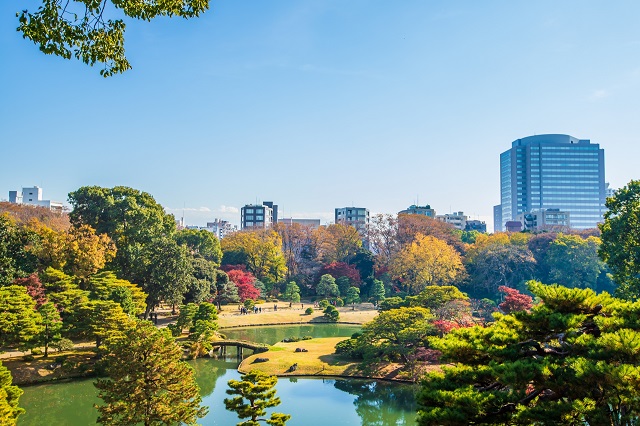
During the Meiji period, it was owned by Mr. Yataro Iwasaki (founder of Mitsubishi), and in 1932 it was designated as a special scenic spot by the country and opened to the public.
This allows many people to enjoy this beautiful garden.
Highlights of the garden
Rikugien is a Japanese garden where you can enjoy the beautiful scenery of each season, and its highlights can be summarized as follows.
Weeping cherry blossoms: The beautiful weeping cherry blossoms, which are in full bloom at the end of March, are in the center of the garden, creating a waterfall-like beauty.
Deshiominato: From the shore of Oizumizu Pond, you can enjoy beautiful views of Nakanoshima and Horaijima.
Seyama/Seyama: This is an artificial mountain on Nakanoshima Island, and is a symbolic place that expresses the relationship between men and women, and you can also see the Sekirei stone.
Tsutsuji Chaya: Built during the Meiji era, this teahouse is a beautiful sight during the fall foliage season, allowing you to enjoy the beauty of each season.
Sasaka no Michi: A path as thin as a spider’s thread that invites you to the world of waka poetry that Yoshiyasu walked.
Takimi Chaya: A place where you can enjoy the quiet sound of waterfalls and beautiful scenery that will soothe your soul.
Earthen bridge: Summer grasses growing between the tiles of the earthen retaining tiles create an atmosphere that makes you feel the beauty of the four seasons.
Togetsukyo: A stone bridge that gets its name from a Japanese poem, adding gravity to the landscape.
You can enjoy the history and beauty of Rikugien while visiting these attractions.

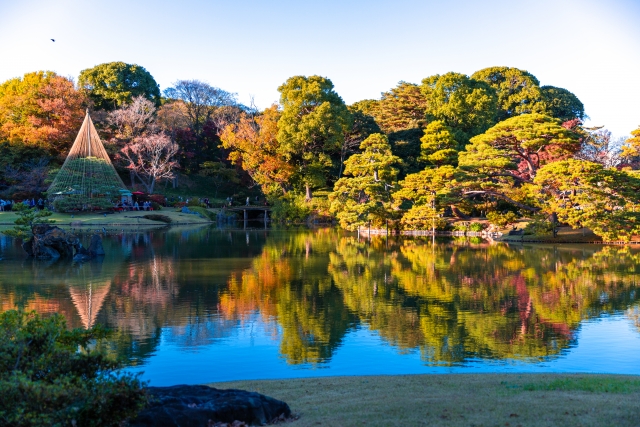
Recommended seasons and how to visit
Rikugien Garden shows its beauty in every season.
The cherry blossoms are in full bloom in the spring, and the autumn leaves decorate the garden in the fall.
When you visit, you can enjoy different beauties depending on the season, so keep that in mind when making your plans.

Basic information about “Rikugien”
| Info | Rikugien ■Location 6-16-3 Honkomagome, Bunkyo-ku, Tokyo ■Business hours 9:00~17:00 ■Regular holidays Year-end and New Year holidays (12/29-1/1) ■Fees General: 300 yen *Various discounts available ■Parking lot None (use nearby paid parking lots) ■Inquiry Tel:03-3941-2222 ■Website www.tokyo-park.or.jp |
| Map |
Restaurant search/reservation
Have a great trip with delicious food!
Surrounding touring spots
Touring JP Recommended articles
Summary
Rikugien is a historical Japanese garden that has been around since the Edo period, and is located in Bunkyo Ward, Tokyo.
The garden is full of many charms, including the origin of its name, its history, and how it was designated as a special scenic spot.
There are many things to see in the garden, and you can enjoy the beautiful scenery of each season.
Rikugien Garden can be enjoyed in its different beauty depending on the season, and it is conveniently accessible.
If you are staying in Tokyo, be sure to visit and enjoy Japanese poetry and scenery.
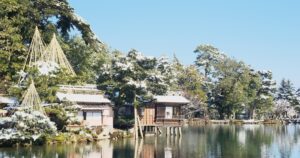

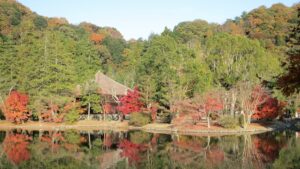

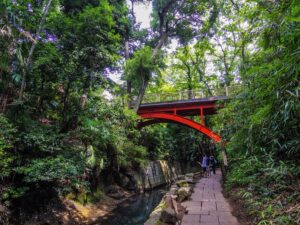


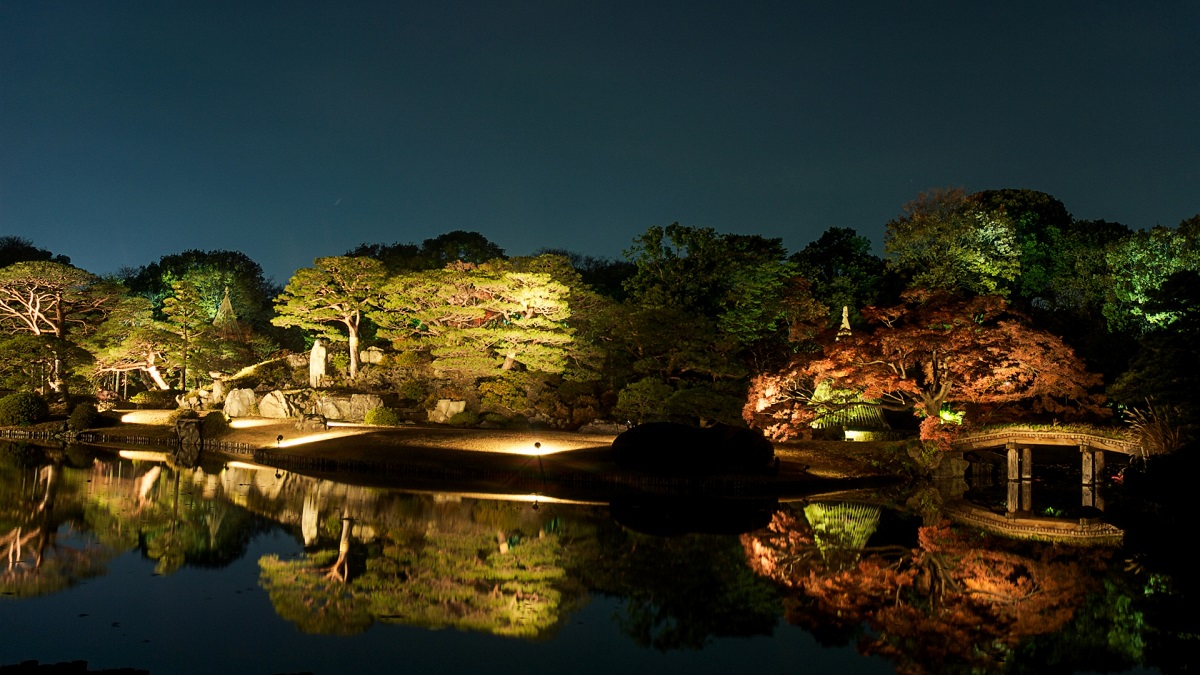


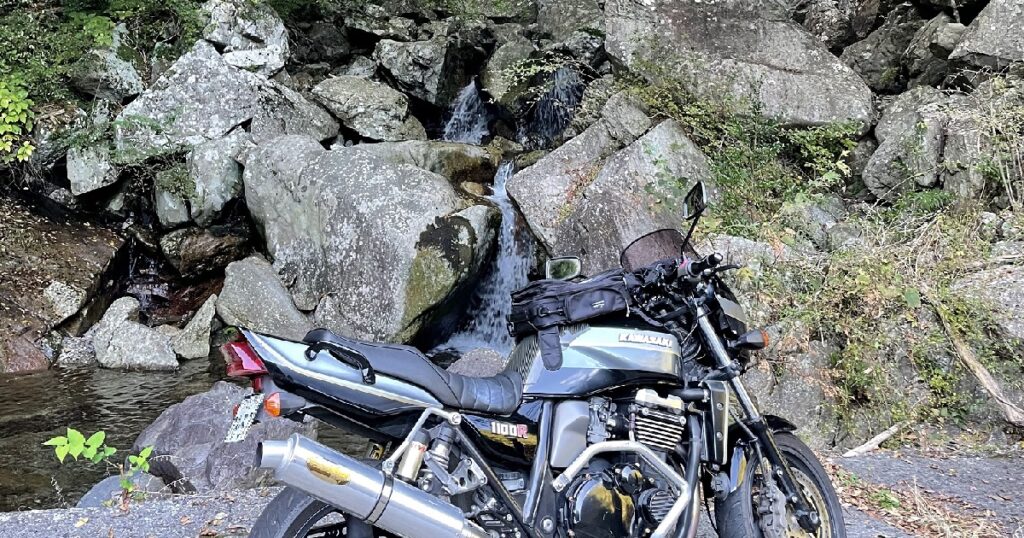
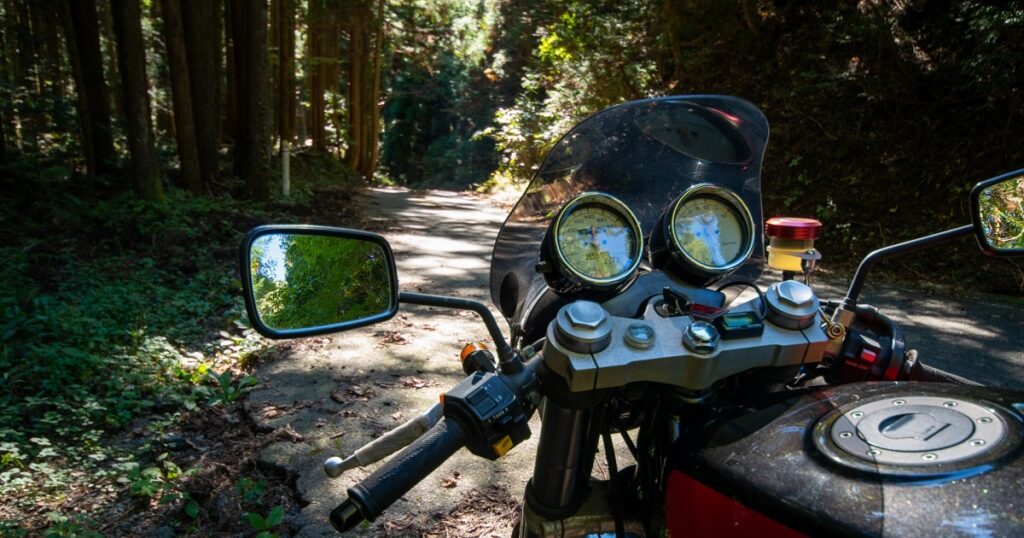
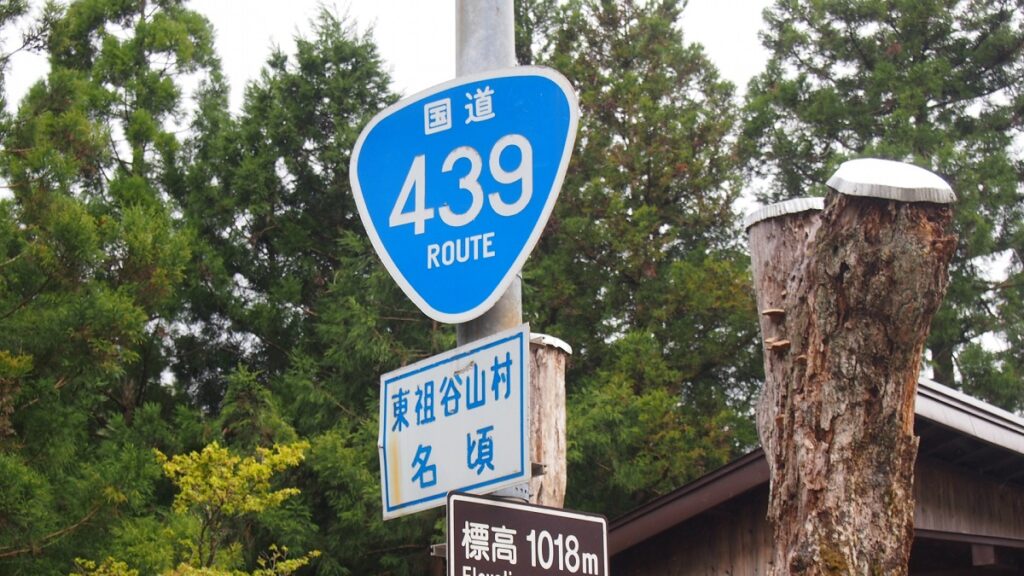
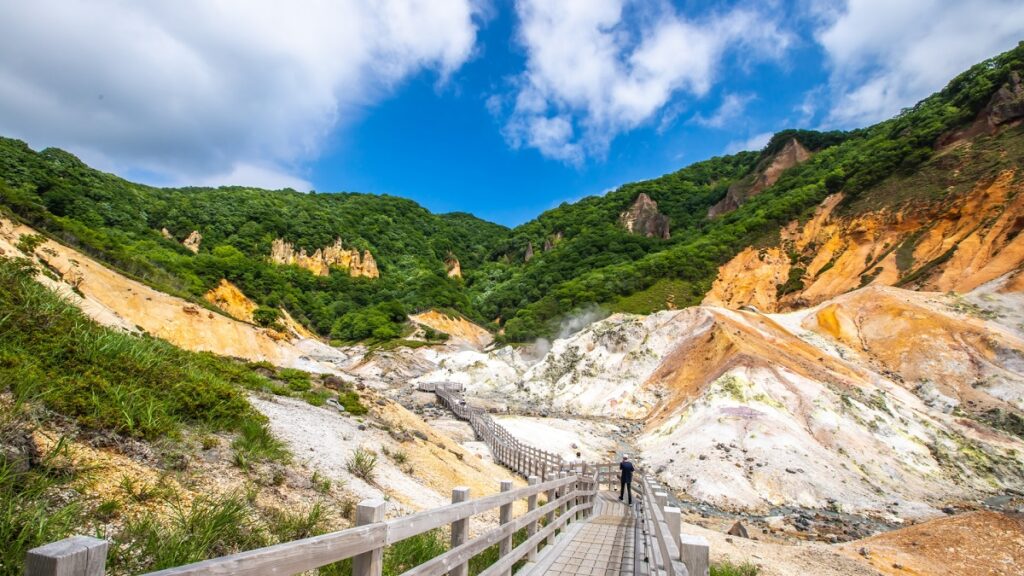
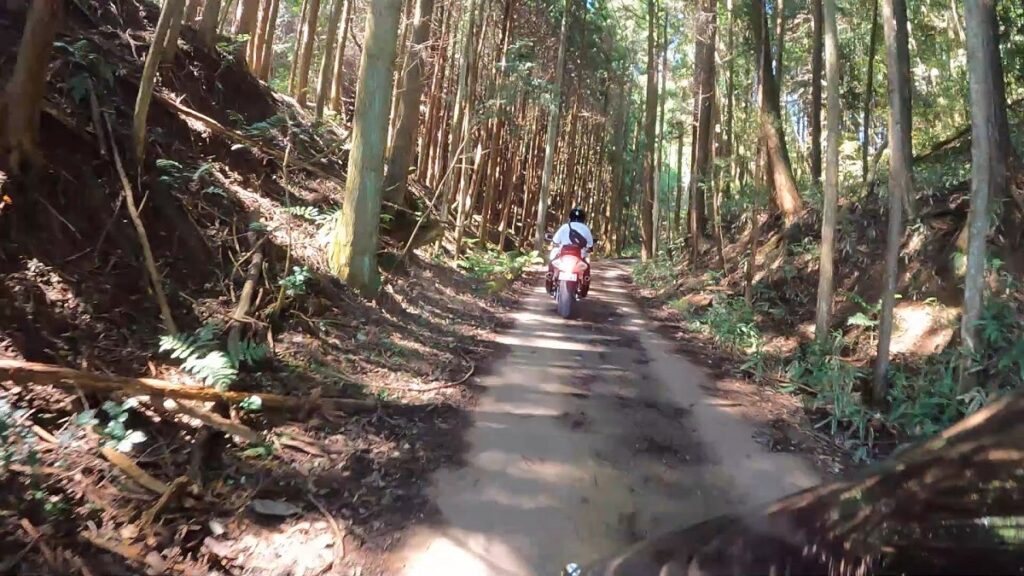
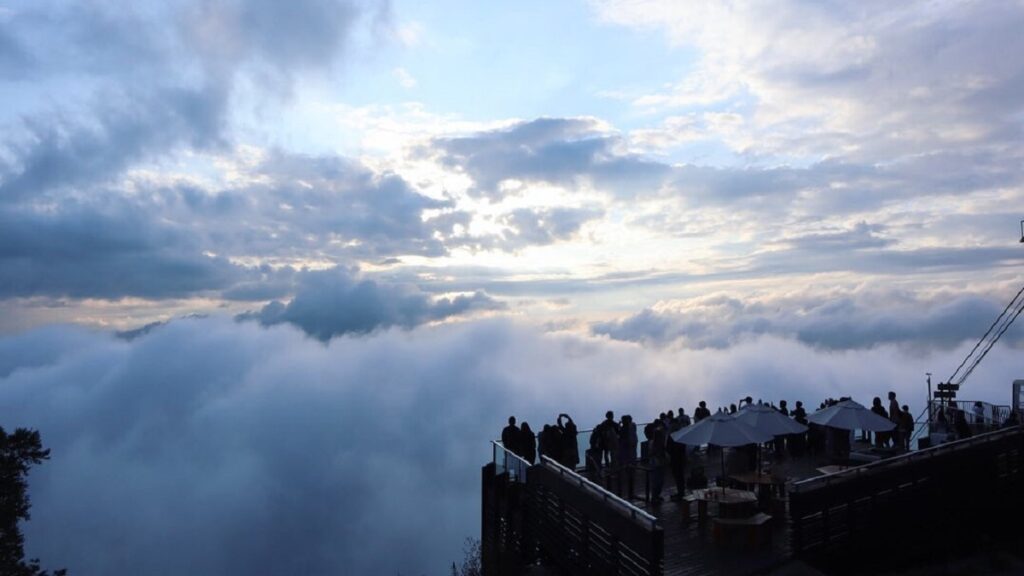
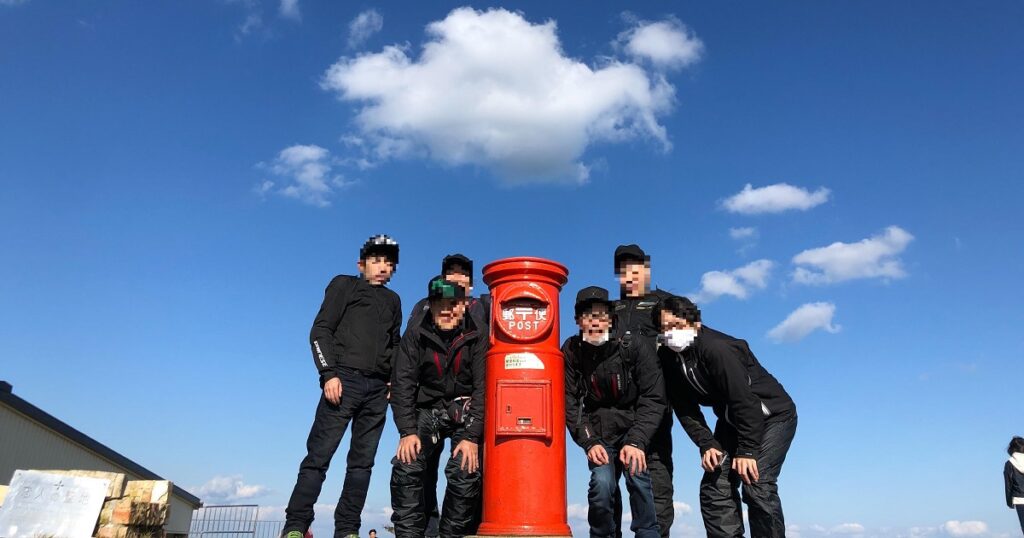
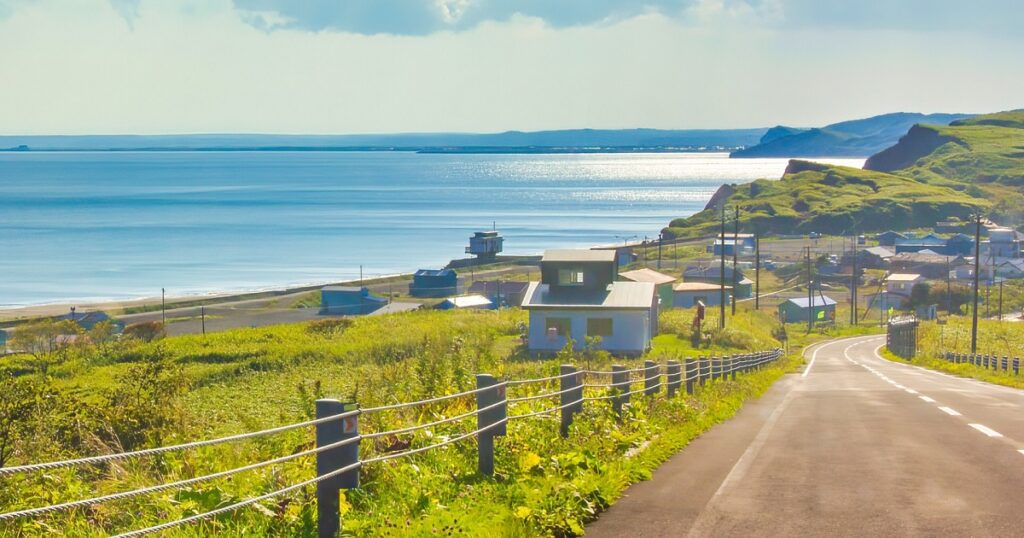
Comments